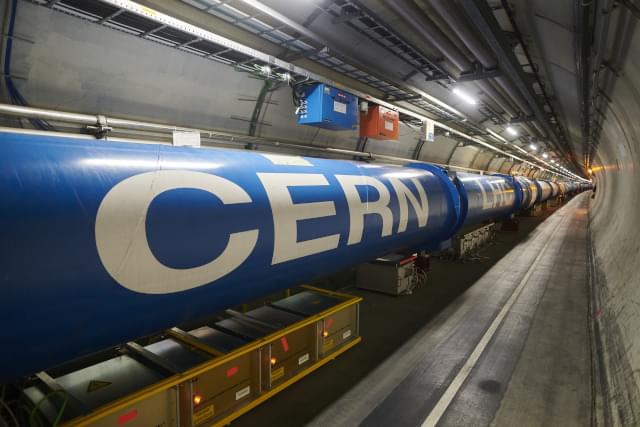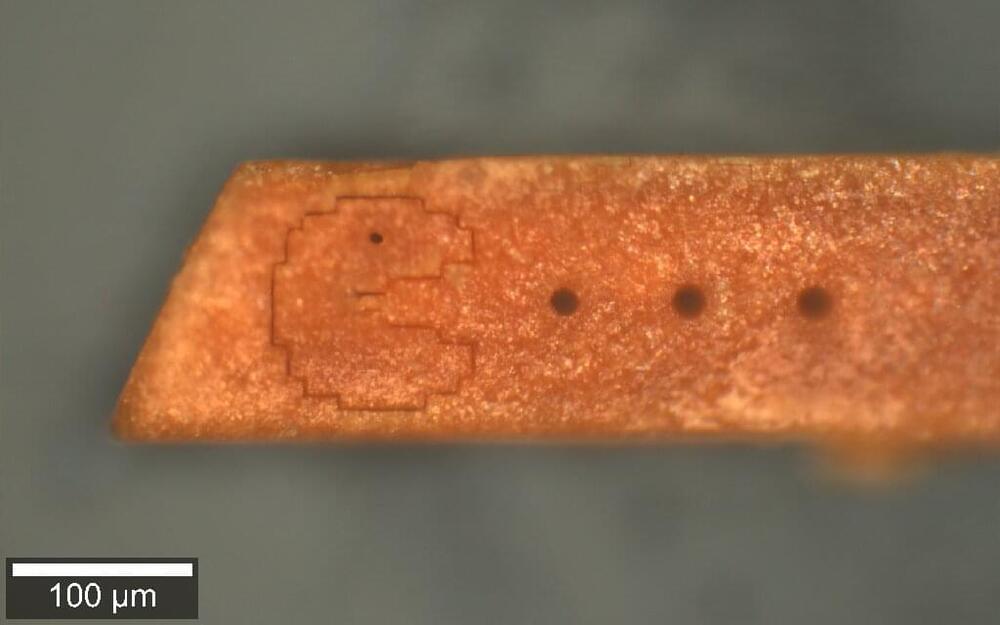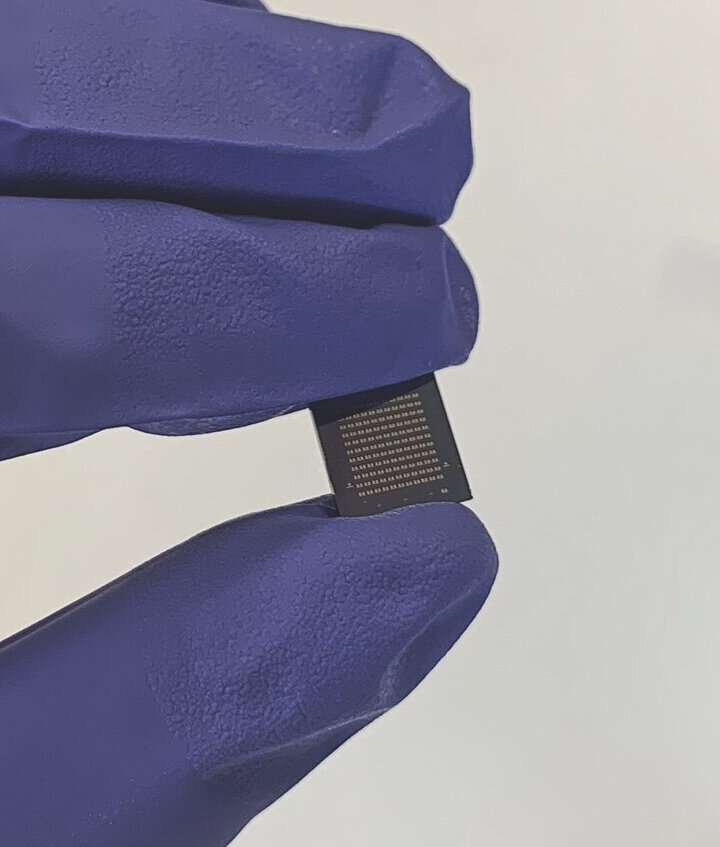Get the latest international news and world events from around the world.
10 Best Machine Learning Software
10. Microsoft Cognitive Toolkit (CNTK)
Closing out our list of 10 best machine learning software is Microsoft Cognitive Toolkit (CNTK), which is Microsoft’s AI solution that trains the machine with its deep learning algorithms. It can handle data from Python, C++, and much more.
CNTK is an open-source toolkit for commercial-grade distributed deep learning, and it allows users to easily combine popular model types like feed-forward DNNs, convolutional neural networks (CNNs), and recurrent neural networks (RNNs/LSTms).

NASA move could help the International Space Station stay in orbit without Russia
NORTHRUP GRUMMAN’S CYGNUS cargo spacecraft conducted a successful reboost of the International Space Station on Saturday, June 25, 2022.
“This Cygnus mission is the first to feature this enhanced capability as a standard service for NASA.”
Cygnus had been docked to the ISS since February and now has departed, leaving on June 28.
Back in 2018, the ninth Cygnus resupply mission conducted a test of the reboost capability by conducting a short 50-second burn of its main engine, raising the Station’s altitude by 90 meters (295 feet).


Watch the live stream of the launch of Run 3 on CERN’s internal screens or on social media!
A mere day after the 10th anniversary of the discovery of the Higgs boson celebrations at CERN, the LHC will make the promise of a bright future for particle physics a reality, breaking a new energy world record of 13.6 trillion electron volts (13.6 TeV) in its first stable-beam collisions. These collisions will mark the start of data taking for the new physics season, called Run 3.
The launch of the LHC Run 3 will be streamed live on CERN’s social media channels and by high-quality Eurovision satellite link on 5 July starting at 4 p.m. Live commentary in five languages (English, French, German, Italian and Spanish) from the CERN Control Centre will walk you through the operation stages that take proton beams from their injection into the LHC to collision points. A live Q&A session with experts from the accelerators and experiments will conclude the live stream.
For those on site at CERN, the live will be broadcast on the screens in the three CERN restaurants with English subtitles. If you need to take an afternoon coffee break, think 4 p.m!



‘Cognitive Immobility’ — When You’re Mentally Trapped in a Place From Your Past
Summary: Cognitive immobility is a form of mental entrapment that leads to conscious or unconscious efforts to recreate past instances in familiar locations.
Source: The Conversation.
If you have moved from one country to another, you may have left something behind – be it a relationship, a home, a feeling of safety or a sense of belonging. Because of this, you will continually reconstruct mental simulations of scenes, smells, sounds and sights from those places – sometimes causing stressful feelings and anxiety.

New Quantum Camera Capable of Snapping Photos of ‘Ghosts’
Circa 2020
By utilizing a process that Einstein famously called “spooky,” scientists have successfully caught “ghosts” on film for the first time using quantum cameras.
The “ghosts” captured on camera weren’t the kind you might first think; scientists didn’t discover the wandering lost souls of our ancestors. Rather, they were able to capture images of objects from photons that never actually encountered the objects pictured. The technology has been dubbed “ghost imaging,” reports National Geographic.
Normal cameras work by capturing light that bounces back from an object. That’s how optics are supposed to work. So how can it be possible to capture an image of an object from light if the light never bounced off the object? The answer in short: quantum entanglement.

A Biodegradable Spray Applied to Fresh Produce Could Eliminate a Lot of Foodborne Illnesses and Plastic Packaging
That’s not a Faberge egg on the right. It is an avocado sprayed with an antimicrobial fibre to keep the produce from rotting and could become the future way we preserve fruit and vegetables.
Naturally occurring pullulan fibres with antimicrobial agents when sprayed on test avocados proves better than plastic packaging.